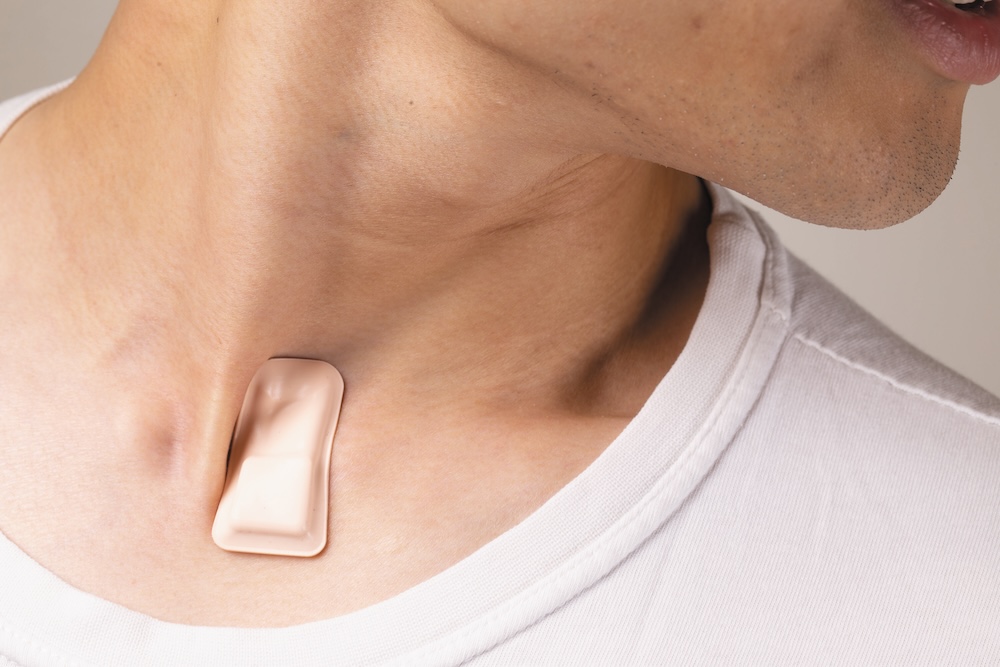December 16, 2003
Early Fitness Protects Middle Age Hearts
CHICAGO— Fitness in early adulthood greatly reduces the likelihood of developing high blood pressure and diabetes—both major risk factors for heart disease and stroke—in middle age, a new study has found.
Reporting in the December 17 issue of the Journal of the American Medical Association , Feinberg School of Medicine researcher Mercedes Carnethon, PhD, and colleagues found that fitness also decreases risk for metabolic syndrome, a collection of factors that includes excess abdominal fat, elevated blood pressure and levels of triglycerides, and low levels of high-density lipoprotein or “good” cholesterol.
Improving fitness greatly reduces—by as much as 50 percent—risk for diabetes and metabolic syndrome, said lead author Dr. Carnethon, assistant professor of preventive medicine at the medical school.
“If all the young adults in our study had been fit, there would have been nearly a third fewer cases of high blood pressure, diabetes, and metabolic syndrome,” Dr. Carnethon said.
“Given the epidemic of obesity in the United States and the decline in people’s physical activity, it’s important that Americans take steps to improve their physical fitness,” she said.
Heart disease and stroke are the first and third leading causes of death for Americans. According to the National Heart, Lung and Blood Institute, nearly 13 million Americans have heart disease and nearly 5 million have had a stroke.
The research is the first large observational study to assess the role of fitness on healthy young adults in developing risk factors for heart disease. Data were derived from the Coronary Artery Risk Development in Young Adults (CARDIA) study, which began in 1984 and ended in 2001.
More than 4,400 men and women aged 18 to 30 participated in the study and were followed for 15 years; about 2,500 had their cardiopulmonary fitness retested after 7 years to measure changes in fitness.
Fitness was measured with an exercise treadmill test, which included up to nine, two-minute stages of progressive difficulty. Women who completed less than six minutes and men who completed less than 10 minutes of exercise were classified as having “low fitness.” Women who were classified as “moderately fit” could exercise six to nine minutes; moderately fit men could exercise 10 to 12 minutes. Those who completed more exercise were classified as “highly fit.”
Results of the study showed that persons with low or moderate fitness had twice the risk for high blood pressure, diabetes, and metabolic syndrome as those who were highly fit. Risk increased directly as fitness level dropped. Weight gain was inversely related to fitness over the course of the study. Those who were obese tended to be less fit. Of those who were obese, 68 percent had low fitness while among those who were not obese, 51 percent were highly fit.
Interestingly, improving fitness had no significant effect on reducing high blood pressure or low-density lipoprotein, the so-called “bad” cholesterol.
“This may be because low-density lipoprotein levels are affected largely by genetics and diet and less by fitness. The key point is that the development of risk factors for heart disease and stroke isn’t just the natural result of aging,” Dr. Carnethon said.
Collaborating with Dr. Carnethon on this study were Kiang J. Liu, PhD, professor of preventive medicine, and researchers from the Nemours Cardiac Center and Thomas Jefferson University, Wilmington, Del.; Kaiser Permanente Medical Care Program, Oakland, Calif.; University of Minnesota School of Public Health, Minneapolis; and University of Alabama at Birmingham. This research was supported by grants from the National Institutes of Health’s National Heart, Lung, and Blood Institute






